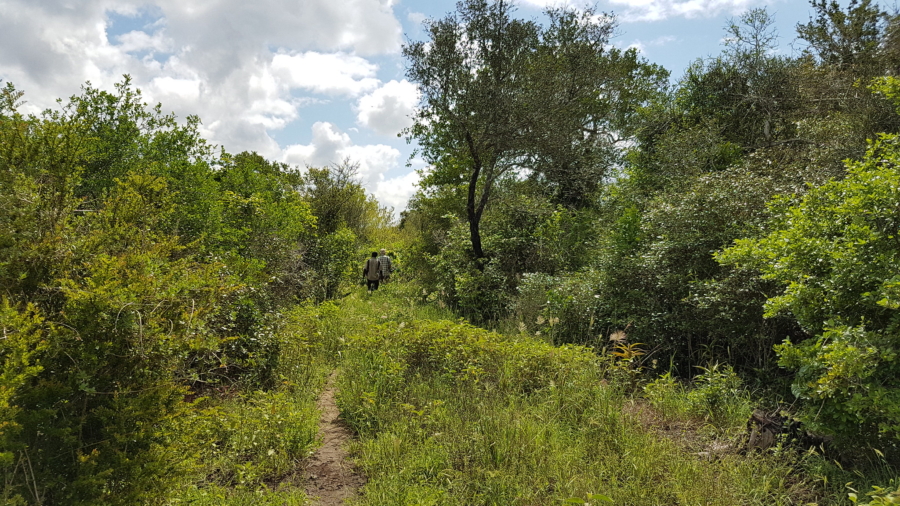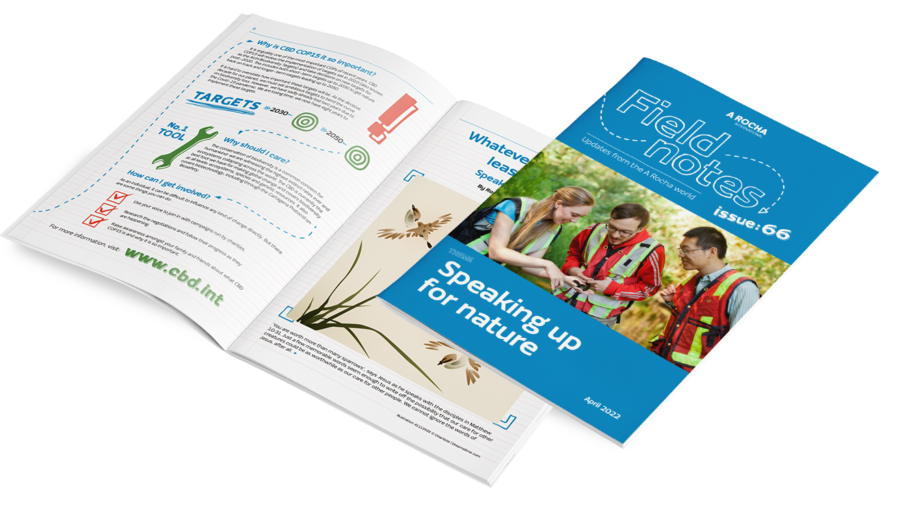Did you know the Dakatcha Woodland in Kenya is also a seasonal wetland? 2022 is the first year that World Wetlands Day has been observed officially by the United Nations. Wetlands, like forests, can act as ‘carbon sinks’, attracting carbon and sequestering it so that it cannot escape into our atmosphere. Wetlands like Dakatcha are also home to incredible biodiversity.
Sadly, wetlands are under threat. Mining and agricultural activities have destroyed nearly half of Kenya’s wetlands over the past 50 years. A report by the National Environmental Complaints Committee found that the area of wetlands had shrunk by around 40% between 1970 and 2021.
The seasonal wetlands of Dakatcha Forest are the known breeding grounds of Clarke’s Weaver, an endangered bird found only in Kilifi County. They are particularly at risk because they appear dry for much of the year, which means the forest is converted into agricultural land.
One of the problems A Rocha Kenya is facing is selective logging for charcoal production and pineapple farming. With easy access to chainsaws and motorbikes to transport charcoal, forest clearing has intensified in recent months, and the indigenous forest is being burnt down at an alarming rate. In turn, the price of land is also increasing as local landowners then sell their land to speculative buyers and companies interested in pineapple farming in the rich red magarini soil.
A Rocha Kenya continues to work to secure this land before it is lost. Scouts govern the forest to make sure the area is well protected and to resolve any conflicts that may arise. The science team also go for a one-week camping trip in Dakatcha each month to record the biodiversity and set the foundation for future research and conservation decisions.


